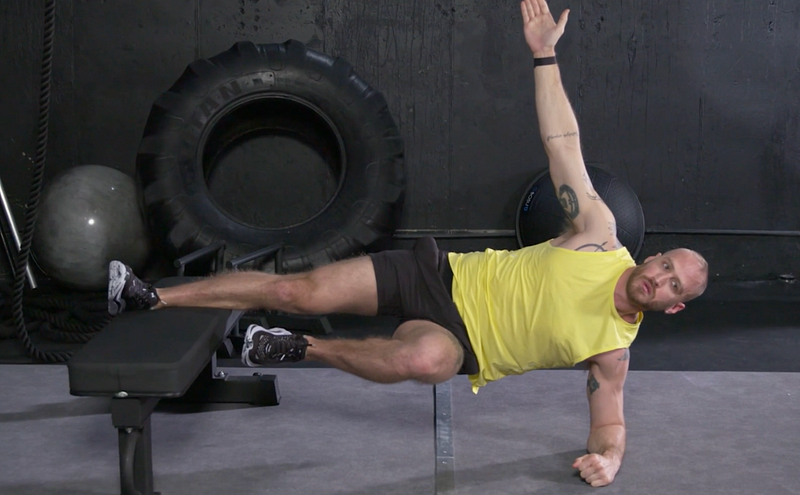Enhance Your Running Performance with Essential Adductor Exercises
Written on
Chapter 1: Understanding the Importance of Adductor Muscles
Have you ever considered the significance of training your adductor muscles, also known as the groin muscles? Although they might not seem crucial for runners, many overlook the vital role these muscles play in leg and hip movements. In fact, the adductors are key components of the hip complex and are often neglected by both runners and the broader fitness community.
The adductor magnus, in particular, acts as a dynamic stabilizer for the hip and is a powerful flexor and extensor. It aids in both internal and external hip rotation. Whenever your leg moves, the adductor magnus is likely providing support. By effectively activating and strengthening this muscle group, you can enhance your running capabilities and reduce the likelihood of lower body injuries.
Let’s dive into two exercises you can start implementing today!
Section 1.1: Why You Should Prioritize Your Adductors
Below are two exercises—one suitable for beginners and the other more advanced. If you're just starting or are recovering from an injury related to the adductors or hips, I recommend beginning with the first exercise and progressing to the second as you build strength. The suggested repetitions are merely guidelines; adjust them according to your comfort level. The aim is to challenge yourself without inducing pain.
Subsection 1.1.1: Lying Adductor Squeezes (with Ball)

Application: 2 x 10–12 reps
Cues: Lie on your back with hips and knees bent at approximately 90 degrees. Place a ball between your knees and engage your core while maintaining a neutral hip position (avoid excessive pelvic tilting). Squeeze your knees together, holding for 3–5 seconds as you exhale. After each rep, take a one-second break to reset. If this position is uncomfortable, you can perform a seated squeeze, which is also suitable for older adults and those in the early stages of recovery.
Section 1.2: Copenhagen Plank

Application: 2 x 30s per side
Cues: Find a sturdy bench and lie on your side with the top leg resting on it. Raise your upper body into a plank position, keeping your active leg straight and moving the other leg out of the way by pulling the knee towards your chest or resting it beneath the bench. Hold for 30 seconds or as long as you can, ensuring your core remains engaged and you continue to breathe. For an added challenge, incorporate hip lowers and raises to work your adductors through a range of motion, but only attempt this once you feel ready.
Chapter 2: The Benefits of Adductor Training
Training your adductors not only fortifies the hip complex and surrounding tissues but also enhances your running performance significantly. Investing a small amount of time into this key muscle group can yield substantial rewards in both your athletic pursuits and daily life. Don't overlook this essential aspect of your training any longer!
You can do this!
-David Liira, Kinesiologist
This video, titled "The ONE Strength Workout EVERY Runner Needs - 7 MOST Important Exercises," offers insights into crucial strength training exercises for runners.
Another great resource is "The 5 MOST IMPORTANT Exercises for Runners," which highlights essential exercises to enhance running efficiency and reduce injury risk.